I'm hoping that someone on the EE StackExchange could give me some insight into what is going on with some lithium polymer batteries that I have under test.
The question I am trying to answer is: what conditions/causes lead to the type of failure mode described below?
The Setup:
I have a fixture that automatically charges and discharges a group of candidate batteries while logging battery voltage so that I can gauge battery operation and usable life. The fixture uses an MCP73837-FCI/UN Lithium Ion/ Lithium Poly charger IC to charge my batteries at a rate of ~65mA. Once they are all at full charge (4.2V or so - I go by the status flags of the MCP73837), the fixture disconnects the charge IC from the power source via a relay, connects into a load circuit, and begins discharging against a load that varies between 30mA and 80mA duty cycled at 80% at a rate of 74Hz (see below). The load is independent of battery voltage.
Once the batteries all reach a voltage of 3.4V, the batteries are disconnected from the load circuit, connected into the charging circuit, recharged and the cycle repeats.
The Batteries:
I am testing 3 different lithium polymer batteries in my setup:
A 120mAh battery that has a production history measured in years and is deployed in the field in thousands of products.
A candidate 250mAh battery that so far exhibits no issues with my test regimen.
A candidate 200mAh battery that has exhibited failures across 3 samples.
The Problem:
After about 10 or so charge/discharge cycles, 3 samples of the 200mAh battery began exhibiting poor battery life. Physically, the affected batteries increased in size (thickness) by 20-30% from their pre-evaluation measurements and have noticeable ruptures / rips in their pouch (picture of affected battery included below):
The batteries seem to have rigidly increased in volume. This does not seem to be just a battery outgassing event.
Other useful information:
None of the other batteries under test exhibit this failure mode.
The affected batteries have an integrated battery protection PCB at the leads that ought to protect against accidental shorts, overcharge, overdischarge etc. (The protection circuitry consists of the DW-01 IC + The 8205 Dual MOSFET)
These batteries are not being compressed / under mechanical stress during testing.
The batteries had read about 3.9/4V prior to being subjected to the charge/discharge protocol described.
I have another fixture with a nearly identical charge/discharge setup where I have a 3.2V depth-of-discharge threshold instead of a 3.4V depth-of-discharge threshold and none of my 200mAh candidate batteries exhibit this failure mode even after 40+ charge/discharge cycles.
Some insight into this phenomena from someone with some general lithium polymer / battery testing / battery chemistry expertise would be very much appreciated.

